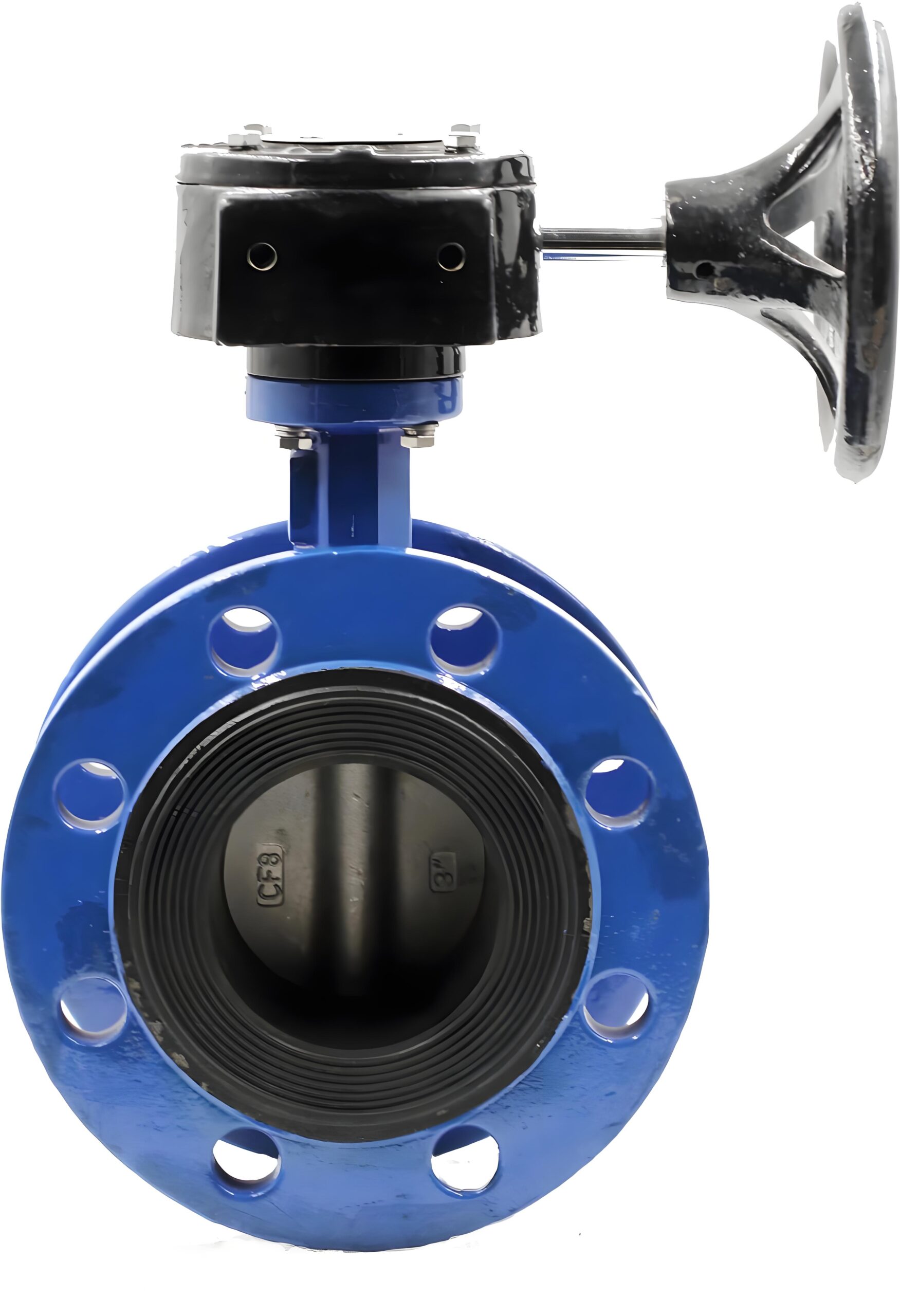Butterfly valves, a leader in the field of fluid control, have won the favor of industries worldwide for their unique design and excellent performance. In the U.S., butterfly valves are also widely used to cut off, turn on and regulate media in pipelines, and their excellent fluid control characteristics and shut-off sealing performance make them the first choice for many industrial applications.
Butterfly valves have a simple and clear structural design, compact size, light weight, and very economical use of materials. This allows the butterfly valve to be installed with minimal dimensions, making it ideal for use in applications where space is limited. At the same time, the butterfly valve’s on/off operation is very quick, requiring only a 90-degree reciprocating rotation, and the driving torque is very small, making it very easy to operate.
In addition to the basic cut-off and connection functions, the butterfly valve also has good regulating performance. Its butterfly plate adopts streamline design, which can minimize the fluid resistance loss, thus realizing energy-saving effect. This is undoubtedly a great advantage for the American industry, which focuses on energy efficiency.
It is worth mentioning that butterfly valves perform well when transporting media such as slurries, with very little fluid accumulating at the mouth of the pipe. The butterfly valve also achieves a good seal in low-pressure environments, ensuring that the medium does not leak.
The stem design of the butterfly valve is also praiseworthy. It adopts a through-stem structure, which is tempered and has excellent comprehensive mechanical properties and resistance to corrosion and scuffing. In the process of opening and closing, the valve stem only carries out rotary movement without lifting and lowering operation, so the packing of the valve stem is not easy to be damaged and the sealing performance is more reliable. In addition, the valve stem and butterfly plate are fixed by taper pins, and the outstretched end adopts anti-punch-out type design, so that even if there is an accidental breakage at the connection between the valve stem and the butterfly plate, the valve stem will not collapse out, thus ensuring the safety of operation.
The butterfly valve offers a variety of connection options, including flange connection, butt-clamp connection, butt-welding connection, and lug-butt-clamp connection. This makes the butterfly valve easily adaptable to various piping systems and meets different installation requirements.
The butterfly valve is also flexible in terms of drive form. It can be operated by manual, worm gear drive, electric, pneumatic, hydraulic and electro-hydraulic linkage actuators to realize remote control and automatic operation. This is undoubtedly a huge plus for the American industry, which pursues efficient and automated production.
In summary, butterfly valves have become indispensable fluid control specialists in American industry for their simple structure, convenient operation, excellent performance, and diversified connection and drive forms. Whether it is to cut off, turn on or regulate the medium in the pipeline, butterfly valves can provide excellent performance and reliable guarantee.
Structural characteristics of butterfly valve



